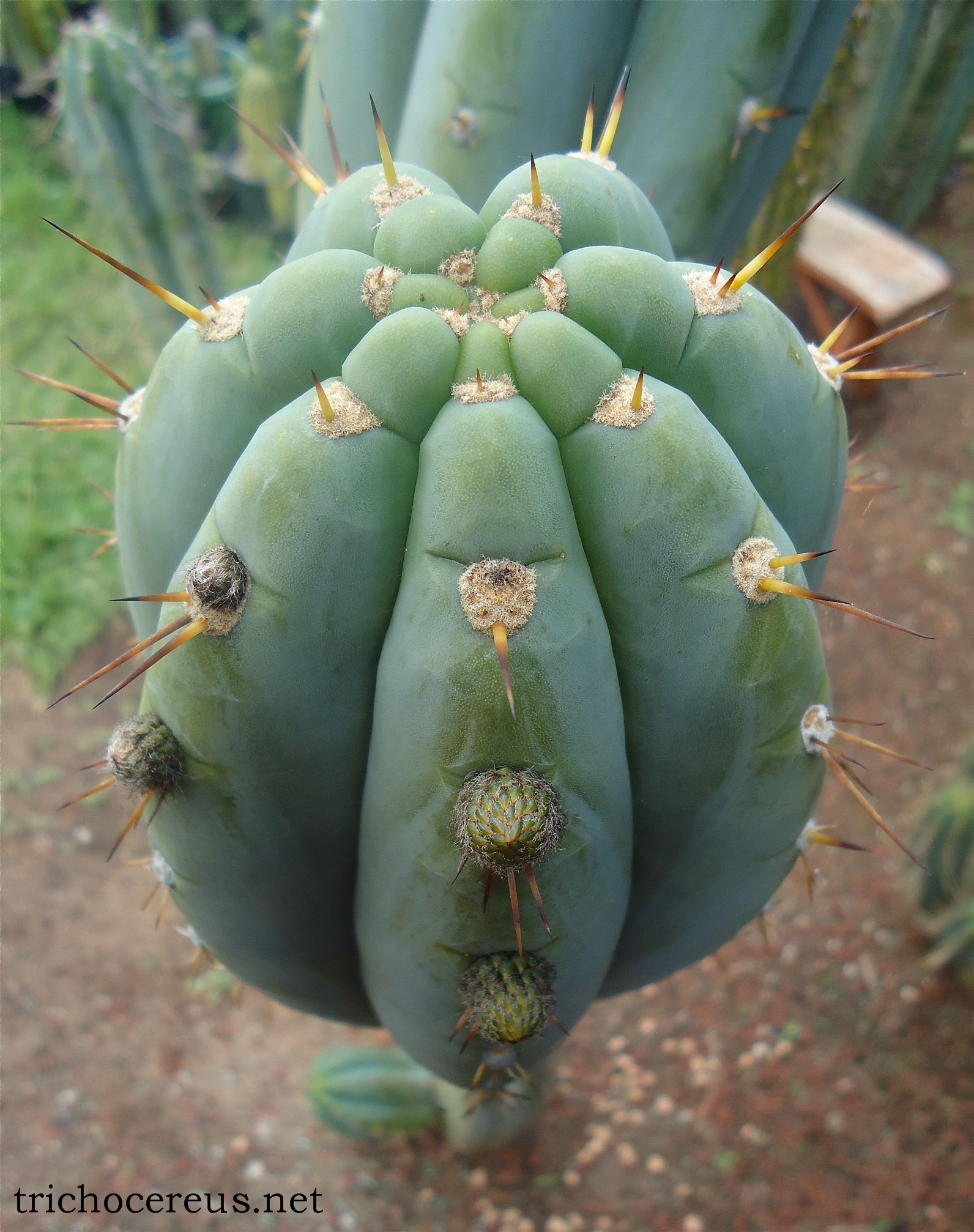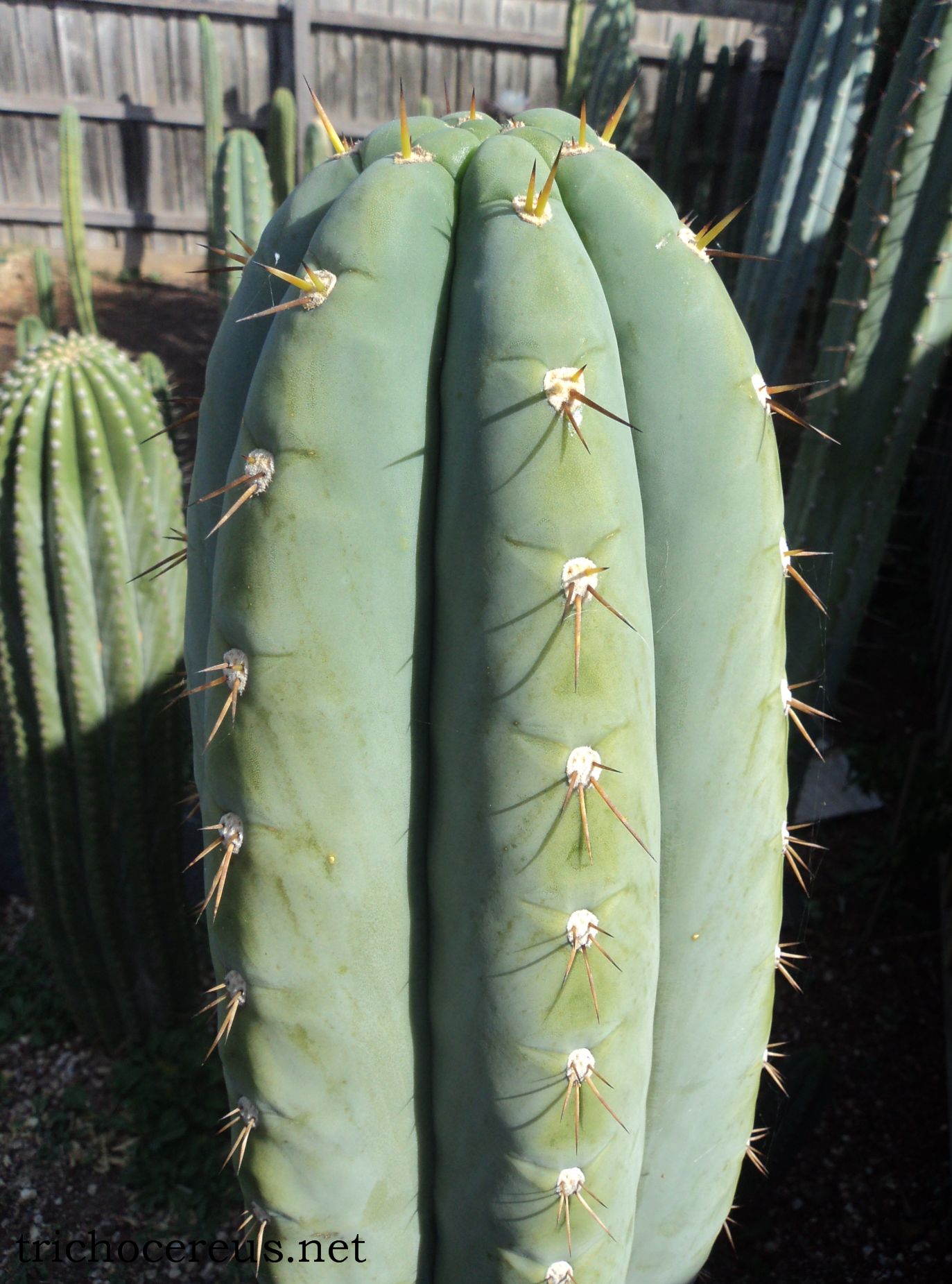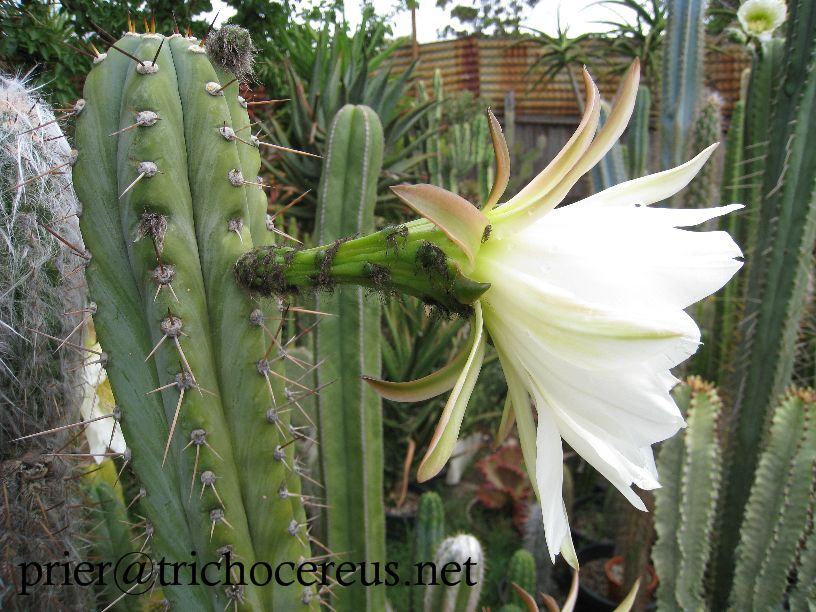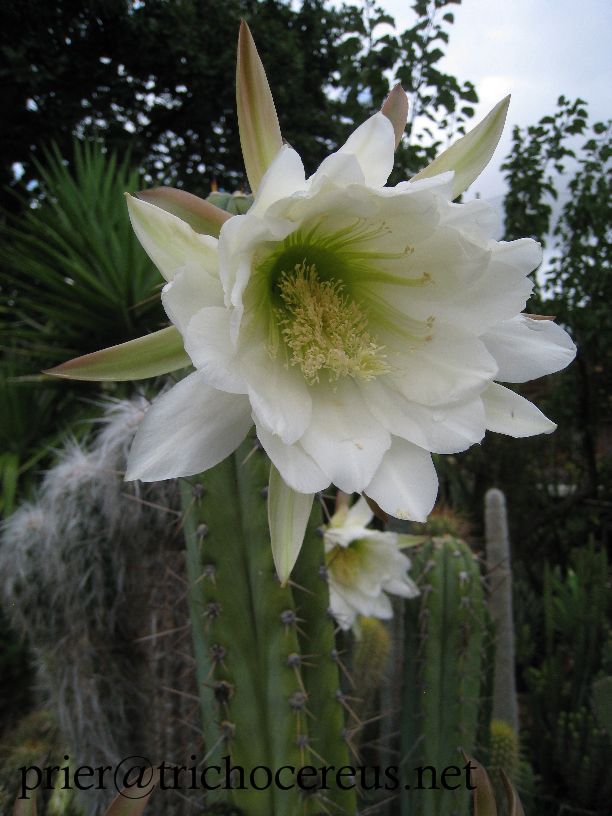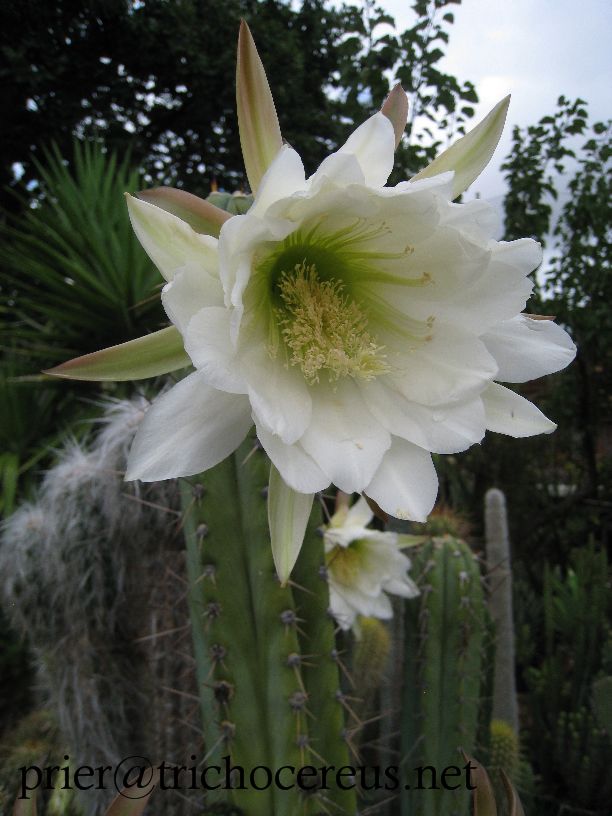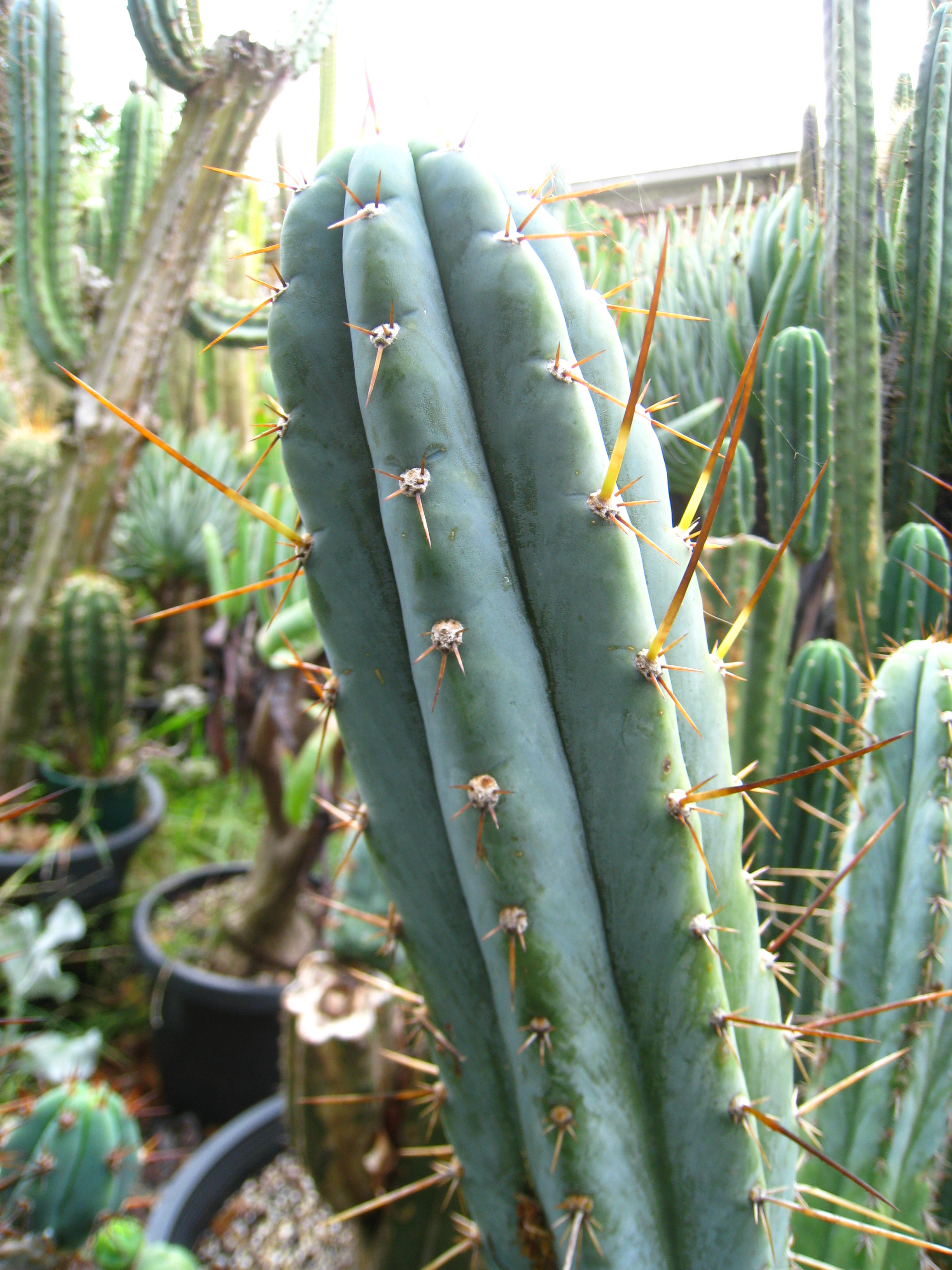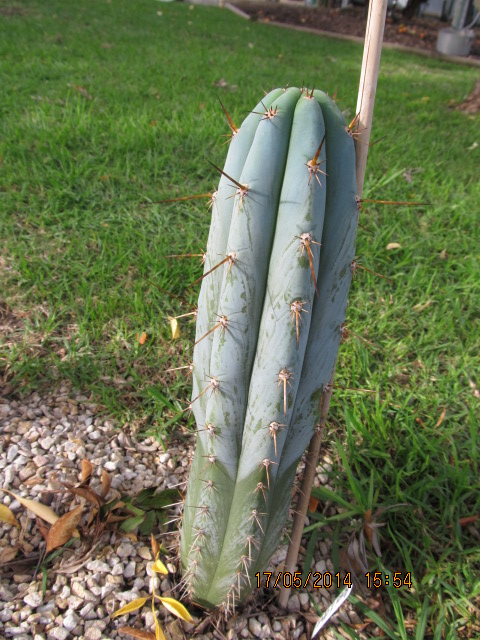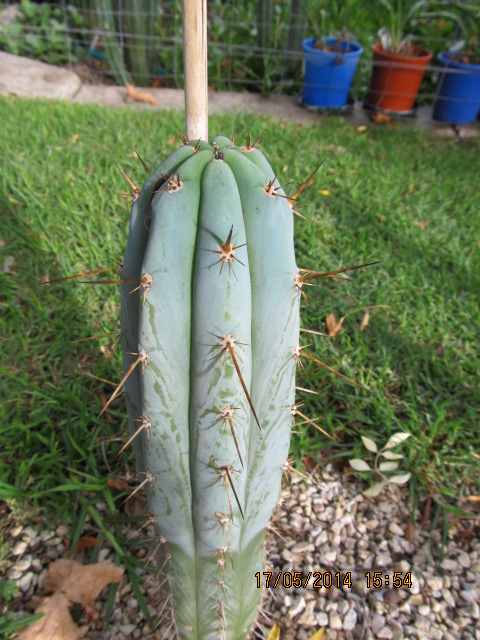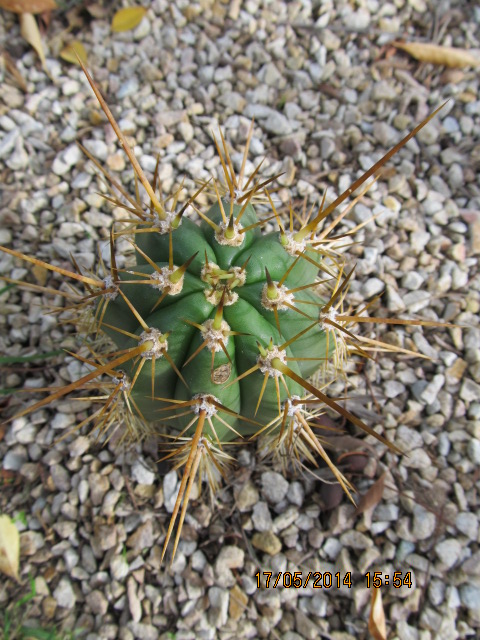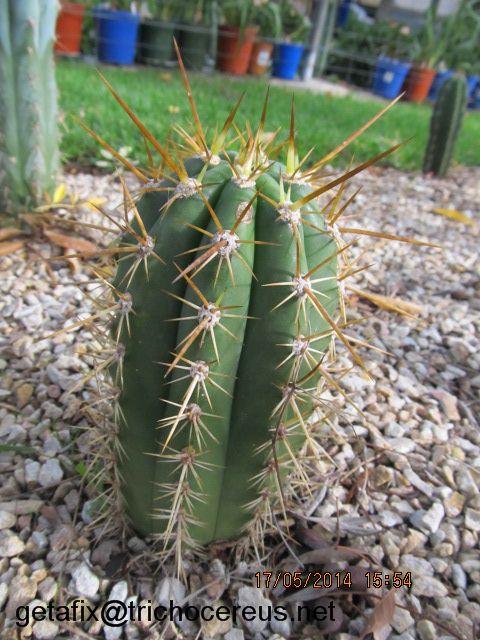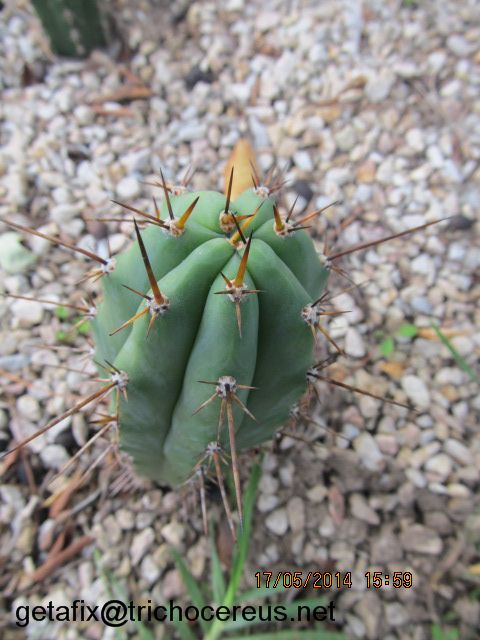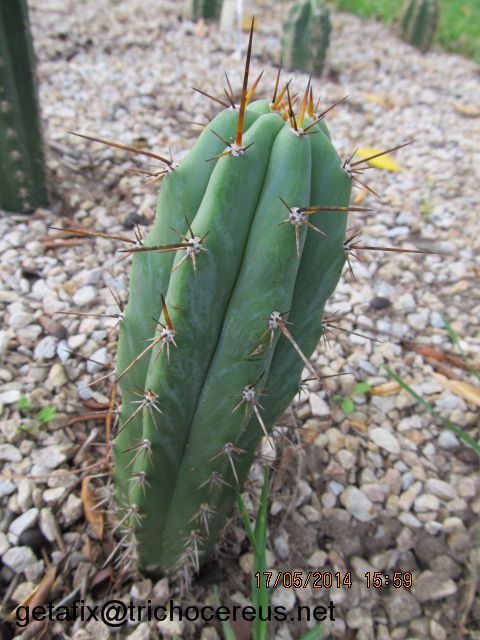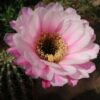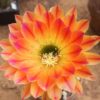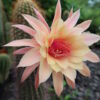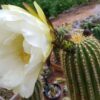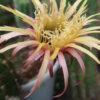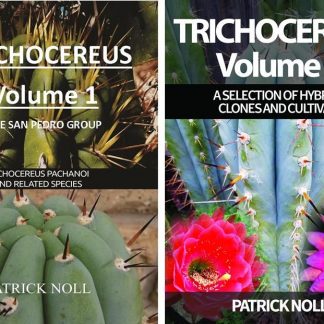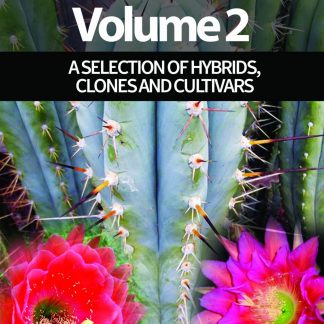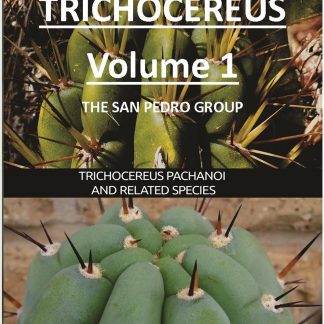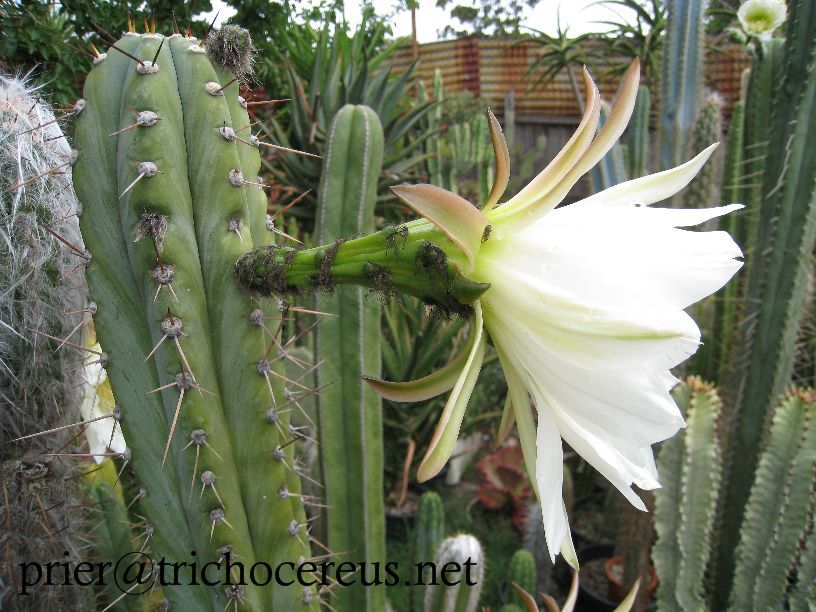
Both Rosei 1 and Rosei 2 are among the most popular clones in the Trichocereus community. Just like so many great plants, they originated from the Fields collection in Victoria. The name was used in very old cactus literature to label a certain, very blue types of Trichocereus peruvianus / Echinopsis peruviana. This name was mostly applied to the same plants that we label as Trichocereus macrogonus today. The name is mostly synonymous with certain forms of Trichocereus peruvianus.
The name Trichocereus rosei was never an officially described species and that´s why we count both Rosei clones as commercial varieties. Both clones are part of the Fields collection and came to Australia in the early days of cactus trading. Mr. Fields was one of the supporters of Harry Blossfeld´s South America expedition and got the plants as reward for the support.
Despite the fact that Rosei 1 and Rosei 2 are actually clones, you can find very similar specimens in nature. In particular, we see a striking resemblance to the forms of Trichocereus peruvianus from Matucana (e.g. the Icaro DNA strain, Sharxx Blue etc). However, there are also similar plants in other parts of Peru and we probably won’t be able to find out where exactly they came from. In the future, I will have a look at old cactus catalogs to see if there might be some old seed lists that include the collection sites. The only information that is certain is that both clones are from South America, but that´s a pretty big area.
Rosei 1 has shorter spines than Rosei 2 and usually has a more glaucous/blue epidermis. But because the environment can have a huge influence on the look of a plant, I doubt that this works reliably.
Photos of ROSEI 1 Trichocereus peruvianus
This is a Hybrid between Rosei 1 x Open
Another plant from a ROSEI 1 x OPEN cross
Rosei 1 x Pachanoi
Check out our main plant database pages for Trichocereus pachanoi aka Echinopsis pachanoi here:
And Trichocereus bridgesii here:
Trichocereus scopulicola
Also check out our Trichocereus Facebook group here:

